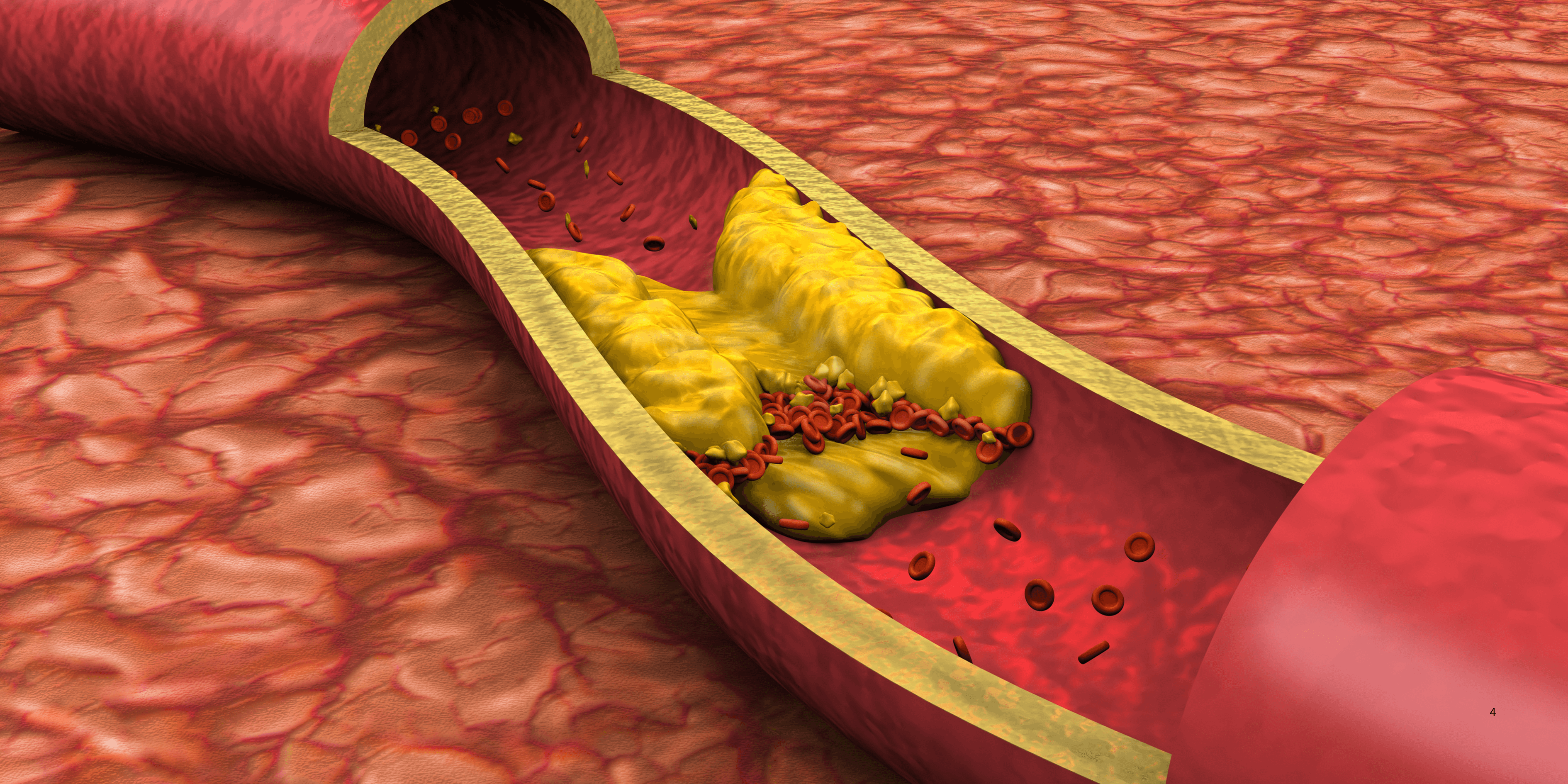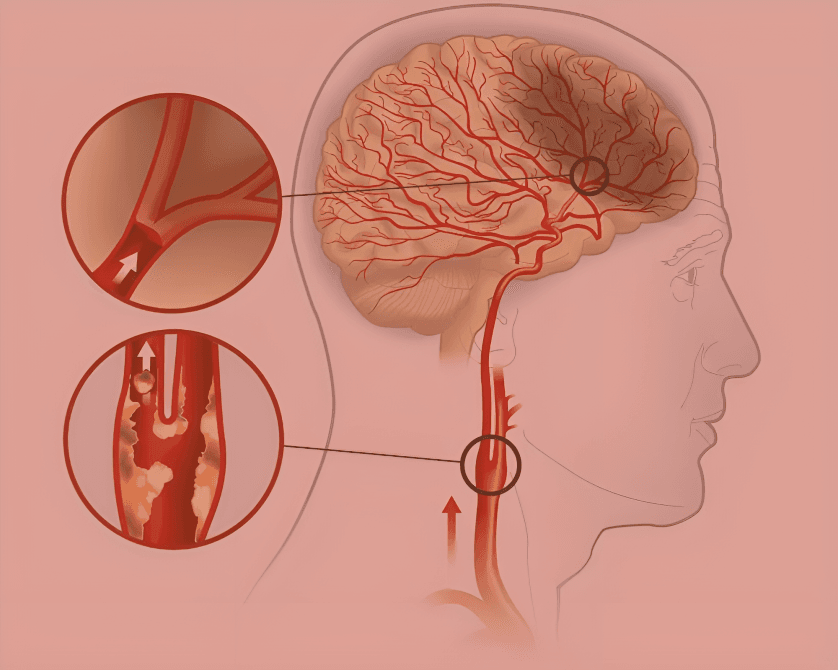
“
Symptoms of narrowed or hardened arteries can be subtle yet serious. They manifest in various parts of the body, from chest discomfort to limb weakness. Understanding these symptoms empowers you to recognize warning signs and seek timely medical attention.1
1
”
Over time, doctors note that chest pressure or discomfort during exertion can signal reduced coronary blood flow, warranting early evaluation to prevent progression toward a heart attack. 1
Some individuals experience unexplained shortness of breath during routine activities due to blocked arteries depriving the heart of needed oxygen, revealing early signs of coronary artery disease. 2
Persistent fatigue disproportionate to daily exertion may indicate that narrowed arteries are limiting oxygen-rich blood distribution to muscles and vital organs. 3

A sensation of heaviness or aching in the calves after brief walking can signal peripheral arterial disease caused by arterial narrowing in leg vessels.
Coldness or numbness in an extremity like a foot or hand may reflect impaired circulation due to hardened arteries restricting blood flow. 4
Weak or absent pulses in the wrists or ankles may reflect arterial narrowing and require ultrasound or Doppler studies for confirmation. 5
Sudden onset of abdominal pain after meals, known as “intestinal angina,” can occur when mesenteric arteries are narrowed and unable to meet digestive organ demands. 6
Experiencing dizziness or lightheadedness upon standing or exertion may indicate compromised blood flow from narrowed carotid or vertebral arteries supplying the brain. 7
Unexpected jaw or neck discomfort, especially when active, can be referred pain from the heart linked to coronary arteries failing to supply sufficient blood. 8

Episodes of confusion or impaired thinking in older adults may result from restricted blood flow in cerebral arteries, signaling possible carotid artery disease.
A bluish or pale tint in fingers or toes—cyanosis—can occur when vessels are narrowed, compromising peripheral circulation. 9
A sense of fullness or discomfort in the chest that doesn’t improve with rest may point to angina caused by coronary artery constriction. 10
Unexplained swelling in the lower legs, especially with pain and cool skin, might result from impaired venous return exacerbated by arterial insufficiencies. 11
Sudden vision disturbances or temporary blindness in one eye—amaurosis fugax—often warn of carotid artery blockages embolizing small clots to the eye. 12
Weakness or heaviness in one arm or leg can be an early sign of peripheral vascular disease impacting upper or lower limb arteries. 13
Feeling faint or collapsing during exertion, even briefly, could signal that narrowed arteries cannot meet increased cardiac output demands.14
Recurrent cold sores or patches of pale skin on extremities after exposure to cold environments may hint at Raynaud’s phenomenon linked to underlying arterial rigidity. 15
Constant indigestion-like sensations after eating—a sense of fullness—could be tied to inadequate blood flow from narrowed mesenteric arteries affecting digestion. 16
Persistent chest tightness or mild pain triggered by emotional stress may indicate coronary arteries unable to accommodate increased blood demand during sympathetic drive. 17
Persistent chest tightness or mild pain triggered by emotional stress may indicate coronary arteries unable to accommodate increased blood demand during sympathetic drive. 18


